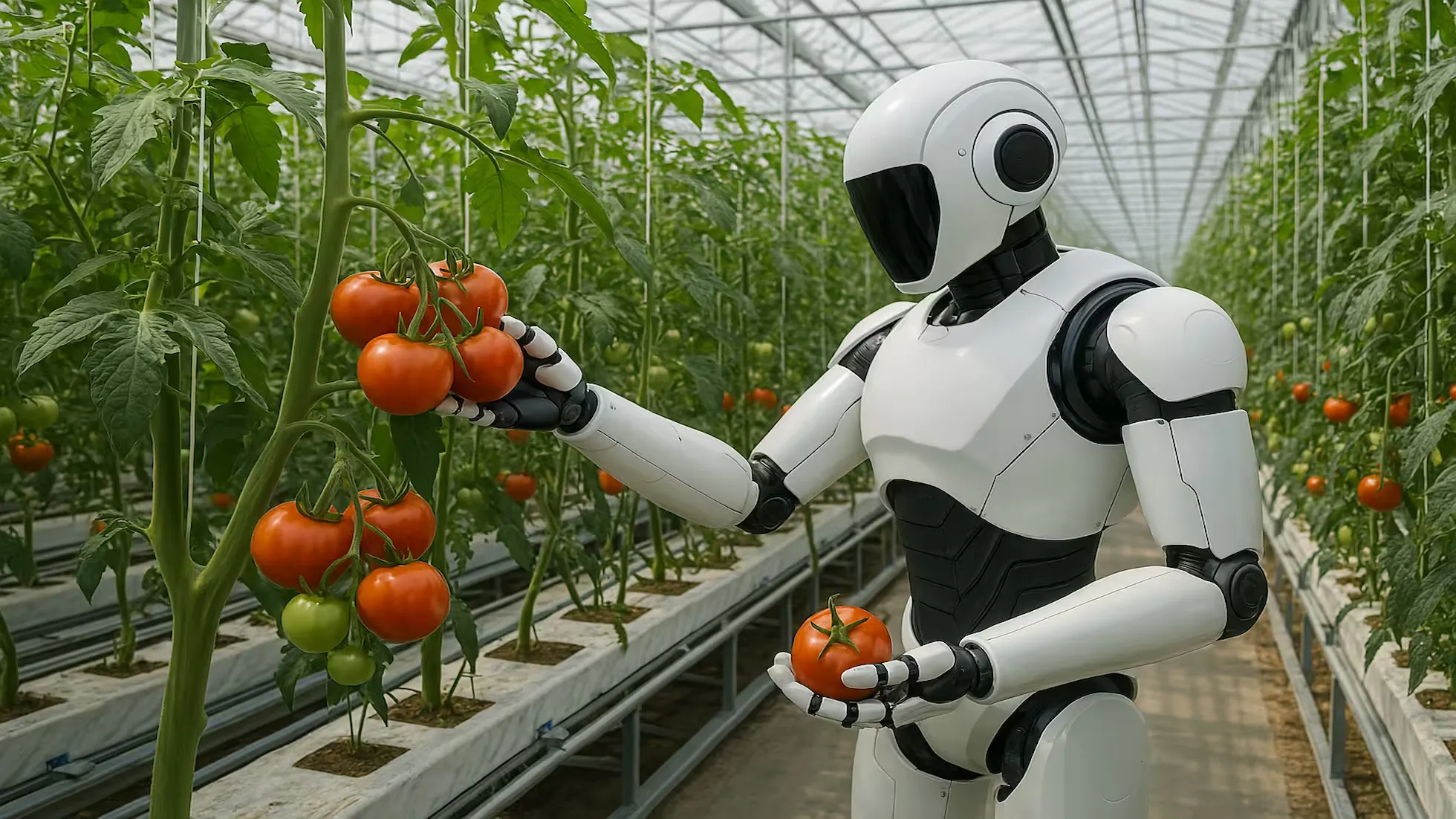Agritech Startups Bring Hope to Citrus Greening Disease Management

Nanfeng mandarins, Gannan navel oranges, and Chu oranges are beloved for their fresh taste, storage durability, and seasonal availability in autumn and winter. Yet, citrus farmers worldwide face a formidable challenge: citrus greening disease, also known as Huanglongbing (HLB).
Dubbed the “cancer of the citrus industry” due to its destructive impact, citrus greening disease has seen rapid outbreaks in recent years. Factors such as fluctuating fruit prices, inadequate orchard management, warmer winters, and the northward migration of the vector insect, the Asian citrus psyllid, have exacerbated the situation. The disease has now been reported in varying degrees across 267 counties in 10 provinces of China, with major citrus-producing regions like Gannan, southern Hunan, and northern Guangxi showing signs of spread. Globally, the pathogen responsible is believed to be a difficult-to-culture Gram-negative bacterium from the genus Candidatus Liberibacter.
Research on the Pathogen
Cultivating the citrus greening pathogen has been a significant academic challenge. Early breakthroughs came in 2009, when researchers isolated three types of the pathogen—Asian, African, and American strains—using innovative methods such as the squeeze-drop and mince-soak techniques. The pathogen was successfully cultured in a specialized medium, allowing researchers to observe its colony characteristics and partially fulfill Koch’s postulates. However, controversies remain as not all symptoms could be reproduced in mature trees.
Genetic studies have identified three primary strains of the pathogen: Asian (Ca. L. asiaticus), African (Ca. L. africanus), and American (Ca. L. americanus). Sequencing these strains has furthered understanding and may guide future treatments.
Interactions Among Pathogens, Psyllids, and Host Plants
Citrus greening disease progresses slowly, with an incubation period ranging from months to years. The disease spreads through psyllids, which prefer infected plants. Research shows that psyllids exhibit a strong attraction to diseased citrus shoots, likely influenced by nutritional deficits in infected plants and changes in volatile organic compounds produced by the host. For instance, infected plants release methyl salicylate (MeSA), enhancing their appeal to psyllids.
Infected citrus trees also experience disrupted metabolism, accumulating excessive soluble sugars and starch, which leads to impaired photosynthesis and characteristic symptoms like blotchy leaves and malformed fruits.
Global Efforts to Combat Citrus Greening Disease
Public Sector Initiatives
Since the disease was first detected in the United States in 2005, government efforts have intensified. The U.S. Department of Agriculture (USDA) has spent over $400 million on control measures since 2009 and allocated $57 million for research funding since 2014. Promising developments include:
- Transgenic Viruses: Engineered to induce citrus trees to produce disease-resistant proteins, these viruses were slated for approval by 2019.
- Pesticides: Several small companies have developed pesticides aimed at reducing the spread of citrus greening.
Startup Innovations
Developing Resistant Rootstocks
In October 2017, U.S. agritech company Phytelligence announced a partnership to supply virus-resistant citrus rootstocks. While these rootstocks cannot cure the disease, they reduce infection rates. Phytelligence’s proprietary MultiPHY technology accelerates the breeding of fruit trees, addressing the long breeding cycles that hinder progress.
Harnessing Beneficial Bacteria
Israeli startup Copia Agro focuses on commercializing university research. One of its innovations involves a novel endophytic bacterium capable of entering plant phloem and neutralizing harmful compounds left by the pathogen. This bacterium shows promise in combating phloem-based diseases like citrus greening and related conditions in other crops.
Photocatalytic Materials
A Chinese startup is experimenting with modified titanium dioxide nanoparticles to treat citrus greening. These nanoparticles use sunlight to generate superoxide ions, which kill the pathogen. Trials are underway in regions like Guangxi, Jiangxi, and Guangdong.
Laser-Aided Antimicrobial Treatments
Researchers at the University of Florida have developed laser technology to enhance antimicrobial treatments. By creating microscopic indentations in citrus leaves, lasers allow deeper penetration of treatments, reducing the frequency and environmental impact of chemical applications.
Psyllid Control with Laser Cannons
Nathan Myhrvold’s Intellectual Ventures Laboratory has developed a laser cannon system capable of targeting psyllids—the primary vector for citrus greening. Using infrared light and machine learning algorithms, the system identifies and neutralizes psyllids in real time, offering a potential method for controlling the spread of the disease.
Alternative Crops
While working on solutions, startups like TerViva are helping Florida citrus growers diversify with alternative crops like pongamia. Pongamia produces protein-rich animal feed and oil, offering higher yields and requiring fewer resources than soybeans. This strategy provides interim income while addressing non-agricultural land degradation.
A Hopeful Future
Citrus greening disease presents immense challenges, but advances in biotechnology, sustainable practices, and agritech innovations offer hope for a solution. Through collaboration across public and private sectors, the citrus industry can look forward to a healthier and more resilient future.
Published at: Dec 15, 2017 · Modified at: Aug 31, 2025


